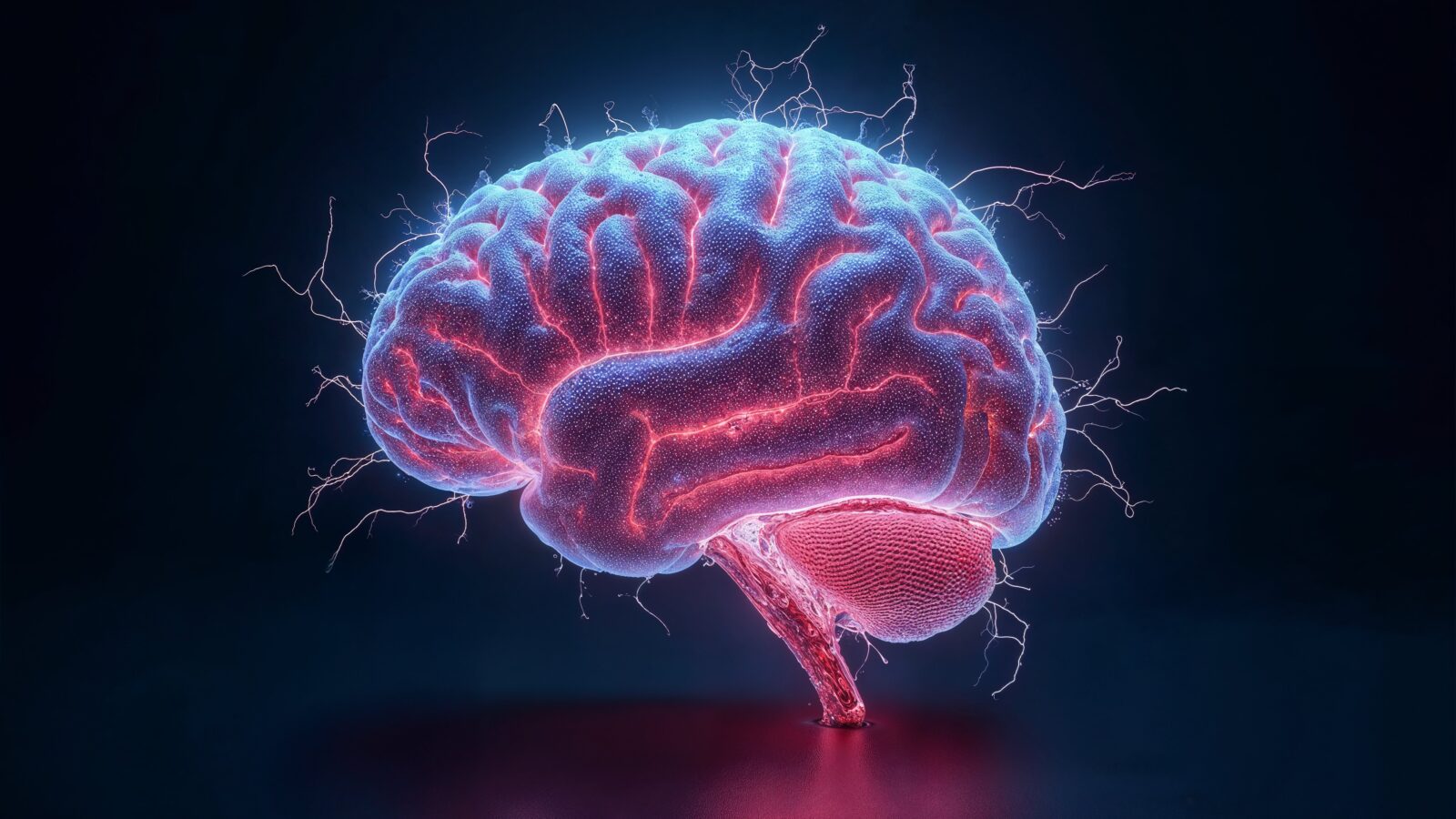Nervous system diseases

Nervous system diseases encompass a wide range of conditions that can affect both the central and peripheral nervous systems. These diseases can significantly impact motor, sensory, and cognitive functions, affecting individuals’ ability to carry out daily activities and maintain an adequate quality of life. In the last decade, there has been a notable increase in the prevalence of these diseases, a trend closely linked to the rise in life expectancy and changes in lifestyle. The longer life expectancy of the aging population implies a higher incidence of neurodegenerative diseases such as Alzheimer’s and Parkinson’s, which progressively affect memory, coordination, and other brain functions.
Additionally, the modern lifestyle, characterized by an unbalanced diet, lack of physical exercise, and chronic stress, has contributed to an increase in neurological and peripheral disorders (neuropathies, amyotrophic lateral sclerosis, mental illnesses, epilepsy, etc.). These combined factors have led to a greater recognition of nervous system diseases as a critical public health concern, highlighting the need for more research, prevention, and treatment to mitigate their impact on the population.
In recent years, the development of artificial intelligence and robotics has achieved significant advancements in the field of rehabilitation. The development of robotic devices, such as neuro-prostheses and robotic exoskeletons, is enabling major progress in therapies and rehabilitation for individuals with physical and neurological disabilities.
